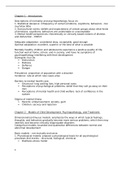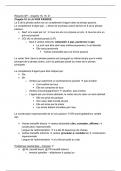Samenvatting
Summary of the complete course: Developmental Psychology & Psychopathology - [ENG] - Y1P5&P6 - B Psychology - VU University Amsterdam
- Instelling
- Vrije Universiteit Amsterdam (VU)
figures/graphs/tables/other images that were discussed during lectures and stated to be important for us to understand for the exam are also incl.
[Meer zien]





